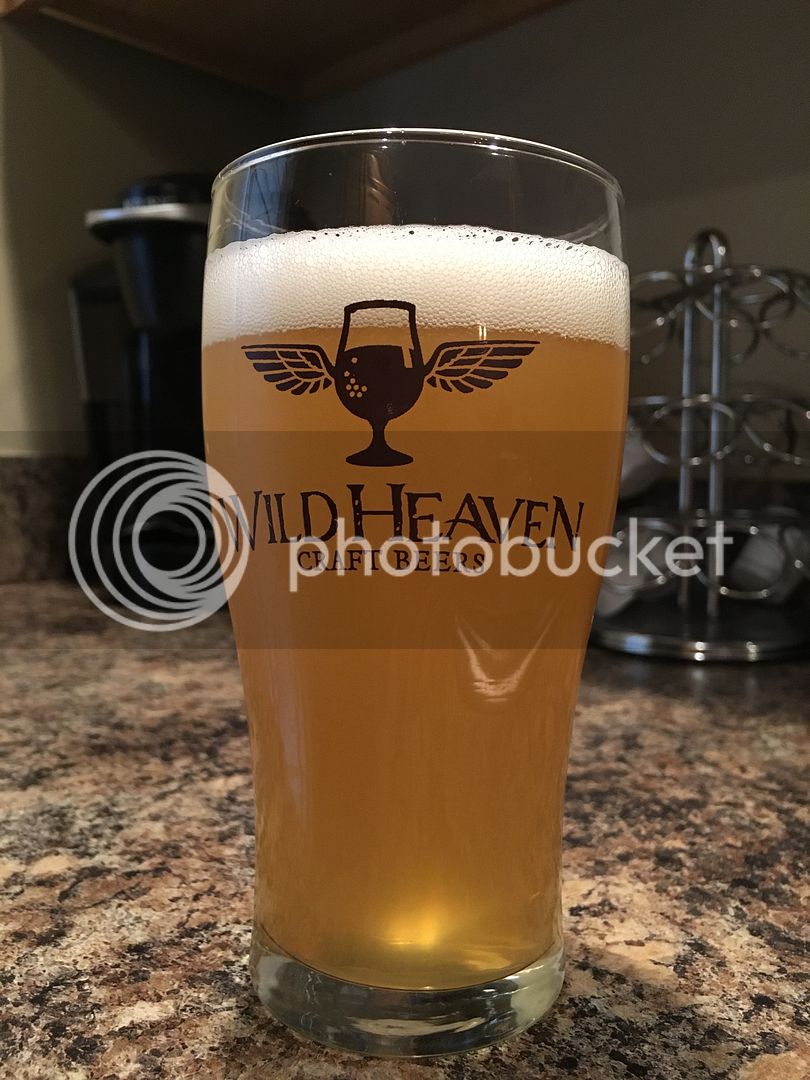23 ounces of hops seems insane for 5 gallons. In my opinion, if you employ certain techniques, such as moving all your hops to a hop stand (except the bittering charge) at the right temperature, dry hopping 2-3 times (3-4 days contact), and flushing all vessels with CO2 when possible. Dry hop once towards the end of primary, again in secondary, and/or keg hop. I've never had to go over 8 ounces at the hop stand and usually use 4-6 ounces. Then 2 dry hop additions additions of 2-3 ounces each, once towards the end of primary and once in a flushed keg. I then will jump the keg off the hops into another flushed keg and carbonate. This method achieves the juiciness you seek. Keep your crystal malts at 2% or less, and 20% oats will be great for mouth feel appearance.
For cloudiness, try keeping your calcium to a minimum (just what is required for yeast health, as it will greatly aid in clarifying your beers). Though this can be a challenge with getting sulfate levels high. Also, as mentioned, yeast choice will greatly effect clarity, flavor, aroma, etc. One of the juiciest IPAs I make is a mixed ferment with brett and an english strain.
For cloudiness, try keeping your calcium to a minimum (just what is required for yeast health, as it will greatly aid in clarifying your beers). Though this can be a challenge with getting sulfate levels high. Also, as mentioned, yeast choice will greatly effect clarity, flavor, aroma, etc. One of the juiciest IPAs I make is a mixed ferment with brett and an english strain.




